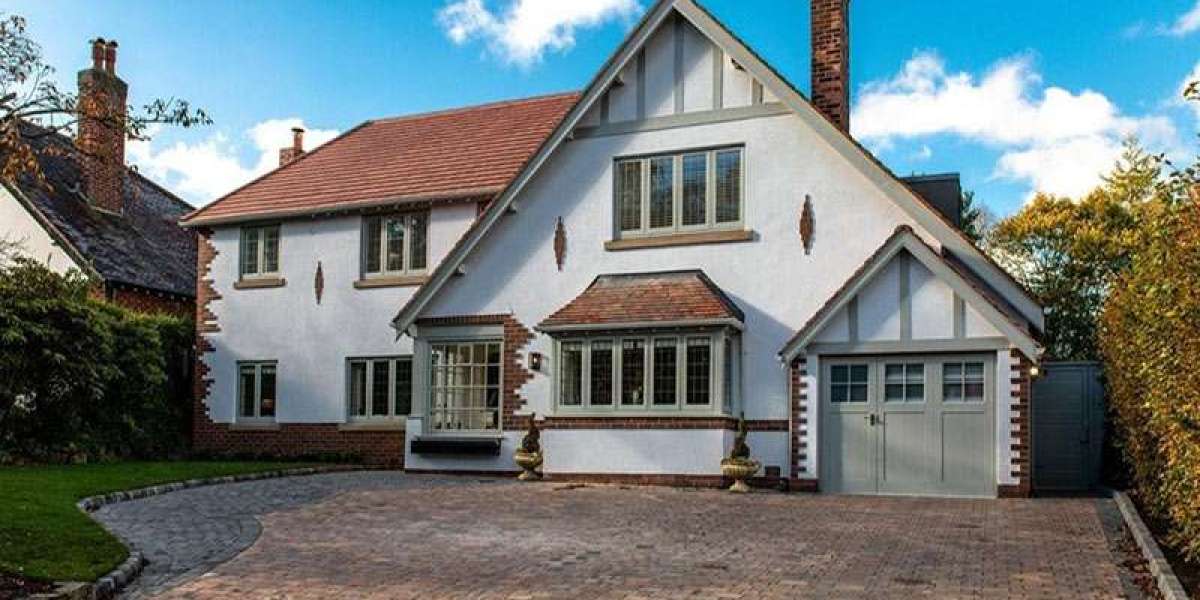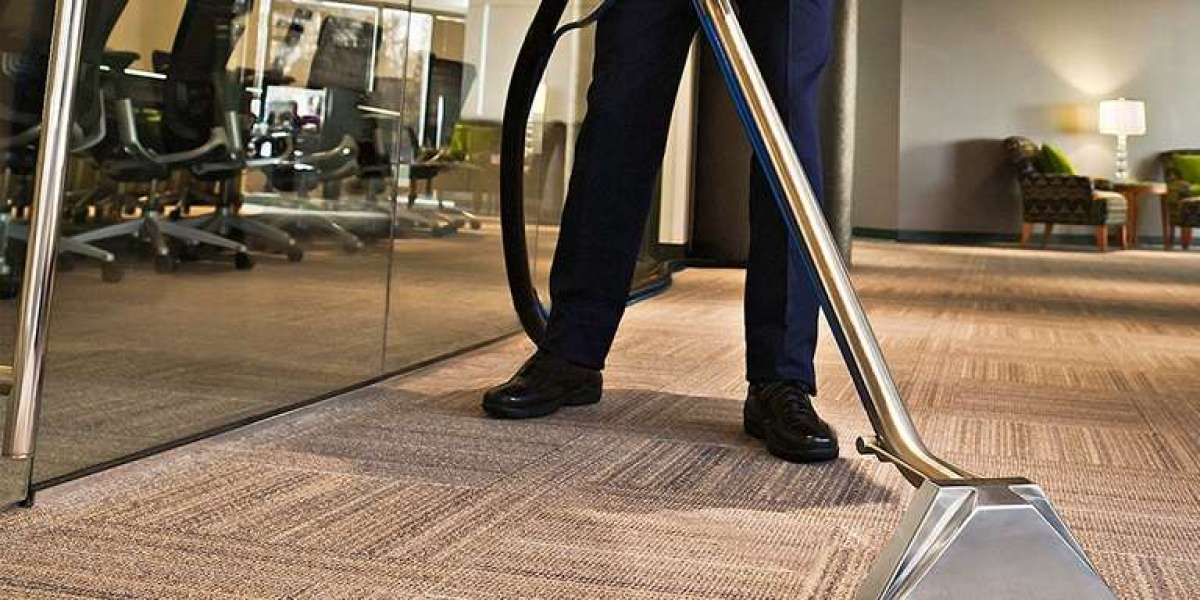
The installation of windows has long been a labor-intensive process, often requiring skilled labor, precise measurements, and a significant amount of time. However, recent advancements in technology have paved the way for a new era in window installation, characterized by the integration of smart windows and automated systems. This article explores these innovations, their benefits, and how they are transforming the window installation industry.
The Evolution of Window Technology
Traditionally, window installation involved selecting the right type of window, measuring the opening, and manually fitting the window into place. This process could be time-consuming and prone to human error. However, with the advent of smart technology, windows are no longer just passive barriers against the elements; they are becoming active participants in building efficiency and comfort.
Smart windows are designed to respond to environmental conditions, adjusting their properties to optimize energy efficiency and indoor comfort. These windows can change their tint based on sunlight exposure, reducing glare and heat gain. This not only enhances the comfort of occupants but also lowers energy costs associated with heating and cooling.
Automated Installation Systems
One of the most significant advances in window installation is the development of automated installation systems. These systems utilize robotics and artificial intelligence to streamline the installation process. For example, robotic arms can be programmed to handle the heavy lifting and precise placement of windows, reducing the risk of injury to workers and ensuring a more accurate fit.
Automated systems can also incorporate advanced measurement technologies, such as laser scanning and 3D modeling. These technologies allow for precise measurements of window openings, ensuring that the windows are custom-fitted to each specific space. This level of precision reduces the likelihood of air leaks and improves the overall energy efficiency of the building.
Benefits of Smart Windows and Automated Systems
The integration of smart windows and automated installation systems offers numerous benefits, including:
- Increased Energy Efficiency: Smart windows can significantly reduce the need for artificial lighting and heating, leading to lower energy bills. Automated installation ensures that windows fit perfectly, further enhancing insulation and reducing energy loss.
- Enhanced Comfort: By adjusting their tint based on sunlight, smart windows help maintain a comfortable indoor environment. This is particularly beneficial in homes and offices with large windows or in sunny climates.
- Reduced Labor Costs: With the use of automated systems, the labor required for window installation is significantly reduced. This not only lowers costs but also speeds up the installation process, allowing for quicker project completion.
- Improved Safety: Automated systems can perform dangerous tasks, such as lifting heavy windows, reducing the risk of injury to human workers. This is particularly important in high-rise buildings where manual installation can be hazardous.
- Customization and Flexibility: Smart windows can be customized to meet the specific needs of a building, whether it’s for energy efficiency, aesthetics, or functionality. Automated systems can also adapt to different window styles and sizes, offering flexibility in design.
Case Studies and Real-World Applications
Several companies are already implementing these advanced technologies in their window installation processes. For instance, a leading manufacturer of smart windows has partnered with a robotics company to develop an automated installation system that can handle various window types, including double-hung, casement, and sliding windows. This system has been successfully tested in several residential and commercial projects, demonstrating significant time savings and improved installation accuracy.
Another example is a construction firm that has integrated smart windows into its building projects. By using windows that adjust their tint based on sunlight, the firm has reduced energy consumption in its buildings by up to 30%. The automated installation system used in these projects has also streamlined the process, allowing for quicker turnaround times and reduced labor costs.
Challenges and Considerations
Despite the many advantages of smart windows and automated installation systems, there are still challenges to consider. The initial investment for these technologies can be high, which may deter some builders and homeowners. Additionally, the technology is still evolving, and there may be compatibility issues with existing building designs and materials.
Moreover, there is a learning curve associated with implementing automated systems. Workers may need training to operate new equipment and understand how to integrate smart technology into their projects effectively.
The Future of Window Installation
As technology continues to advance, we can expect even more innovations in window installation. The integration of artificial intelligence and machine learning may lead to systems that can predict the best window types for specific environments, further optimizing energy efficiency and comfort.
Additionally, as the demand http://www.christdot.org/your-ultimate-guide-to-choosing-the-right-double-glazing-installer-in-st-albans-what-to-look-for-and-questions-to-ask/ for sustainable building practices grows, smart windows will likely become a standard feature in new construction and renovations. Automated installation systems will play a crucial role in meeting these demands, allowing builders to install energy-efficient windows quickly and accurately.
Conclusion
The window installation industry is undergoing a significant transformation, driven by advancements in smart technology and automation. These innovations are not only improving the efficiency and accuracy of installations but are also enhancing the overall performance of buildings. As we look to the future, it is clear that the integration of smart windows and automated systems will play a pivotal role in shaping the way we think about and approach window installation, ultimately leading to more sustainable and comfortable living and working environments.







